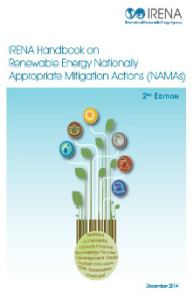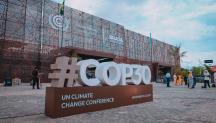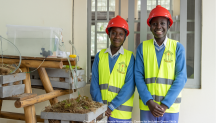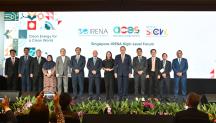

New IRENA Handbook Helps Countries Fight Climate Change Their Way
Newsletter
While the name is a mouthful, nationally appropriate mitigation actions (NAMAs for the acronym-inclined) play a central role in the global response to climate change.
NAMAs are any set of policies or actions that a country voluntarily undertakes to reduce greenhouse gas emissions. They allow each country to chart its own path to mitigate climate change and get around the idea that one mechanism, or one set of policies, must work for every country (a climate negotiators nightmare).
Approved NAMAs include the introduction of a smart metering system in Serbia, the use of solar energy for hot water production in Belgrade, and a wind energy programme is Spain.
As the above examples illustrate, NAMAs also work to create an enabling environment for renewable energy implementation. They mobilize political support for renewables, and complement existing instruments like the Kyoto Protocol’s Clean Development Mechanism.
That said, moving a NAMA from planning to actual implementation is a challenge.
Successful NAMAs must have government support and be consistent with existing domestic regulatory frameworks. They also must be in line with national priorities and development strategies.
IRENA created a NAMAs handbook (updated in time for COP 20) to advise policy makers and developers on how to build successful NAMAs that deploy renewable energy and mitigate climate change.
Please share and let’s see more NAMA’s get underway.
Check out UNFCCC’s NAMA Registry to see what projects are in the pipeline.





